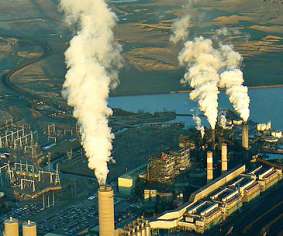EPA’s Power Plant Carbon Rules Are Critical—and Complex. Here’s What to Know, and What to Watch.
Union of Concerned Scientists
APRIL 20, 2023
All across the country, coal- and gas-fired power plants are still running, still polluting, and still showing signs of staying relentlessly online. Through the Clean Air Act , and as affirmed—and reaffirmed—through multiple legal sagas, EPA is statutorily obligated to address carbon pollution from fossil fuel-fired power plants.













Let's personalize your content